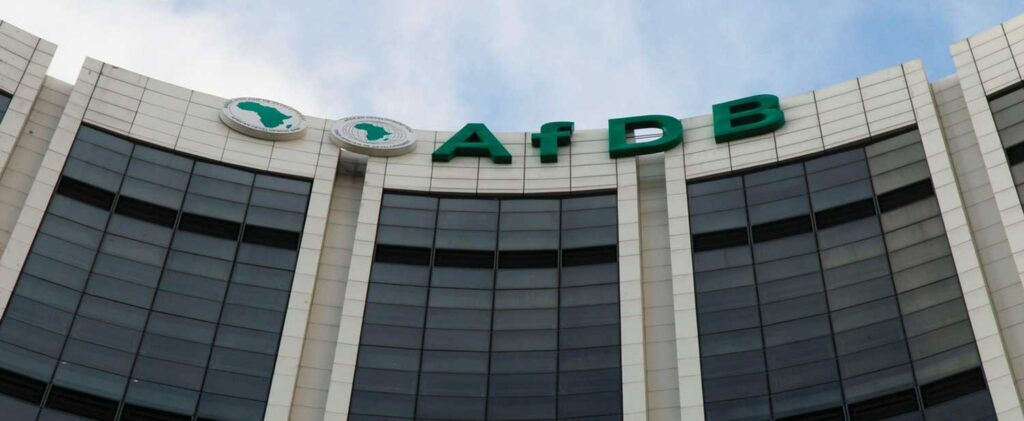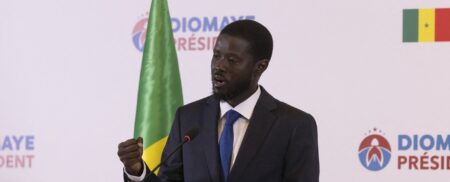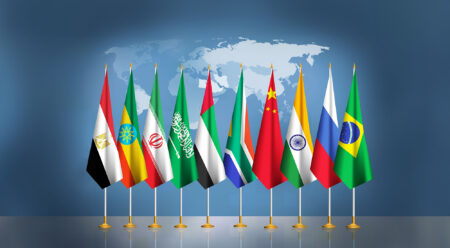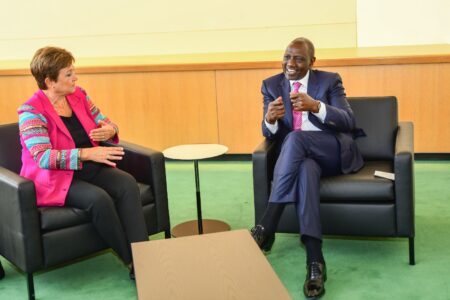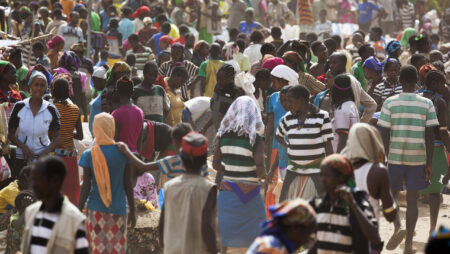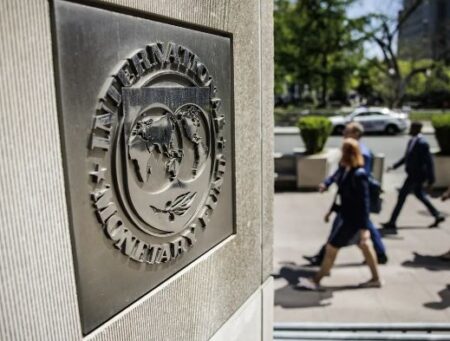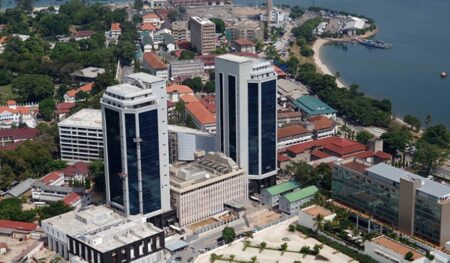- The IMF’s support fund refers to the designated Special Drawing Right (SDR), which serves as an international reserve asset to supplement the official reserves of its member nations.
- It represents a potential claim on the members’ freely usable currencies, primarily intended to provide liquidity to a nation in the event of an economic crisis.
- As of September, Kenya’s SDR quota at the IMF stood at US$542.8 million, equivalent to KSh91.8 billion.
Leaders from developing countries continue to pursue the implementation of the proposed re-channeling of the IMF’s support fund through development banks, aiming for affordability and increased impact scale.
This was evident on the sidelines of the recent COP28 summit, where African leaders emphasized the acceleration of the process towards realizing the proposal. The summit took place between November 30 and December 12 last year in Dubai.
Proposal: IMF’s support fund to come through AfDB
African Development Bank (AfDB) Group President Dr Akinwumi Adesina, for instance, stated that funds sent to African countries should be routed through the pan-African lender.
“The benefits span from the multilateral development bank’s unique value proposition as they can multiply the re-channeled Special Drawing Rights (SDR) by at least three to four times their original values,” Dr Adesina said.
“This will transform the SDRs from foreign reserve assets into dynamic lending instruments at an affordable cost to support critical development challenges in African countries.”
The IMF designed the SDR as an international reserve asset to supplement the official reserves of its member nations, including Kenya.
It represents a potential claim on the members’ freely usable currencies, primarily intended to provide a nation with liquidity in the event of an economic crisis, allowing them to reduce their reliance on more costly external or domestic debt to accumulate reserves.
Kenya was projected to be one of the main beneficiaries of the proposal for an enhanced quota SDR allocation early this year.
This followed the Executive Board of the IMF’s decision to increase allocations to its member countries, aiming to cushion the country’s dwindling forex reserves amidst tough economic times and the weakening shilling against the greenback.
As of September, Kenya’s SDR quota at the IMF stood at US$542.8 million, (KSh91.8 billion), providing the country with a critical buffer in case of external shocks.
During the increment review, analysts earlier expected that the country’s SDR quota would rise above US$1 billion (KSh169.4 billion), as its share has historically been lower than that of smaller economies.
Read also: Big funding squeeze to dampen Africa’s growth – IMF
New strategy to increase AfDB’s capital buffer
According to Dr Adesina, these goals might be accelerated with the complete execution of the IMF’s support fund re-channeling proposal.
He added that the proposal’s full implementation is necessary to increase the development bank’s capital resources and enable it to fulfill its purpose for the development of emerging nations.
“The development bank will pay the interest rates and charges directly to the countries that lend their SDRs to the African countries through the IMF,” he said, “eliminating the countries’ exposure to the current high interest rates and IMF charges.”
Discussions around the re-channeling began in June this year in Paris during the Financial Pact summit.
The global leaders’ goal was to analyze and modify the current global financial architecture to build a more equitable and advantageous system that would benefit developing countries the most.
The initiative, led by the AfDB and the Inter-American Development Bank (IDB), received support for its potential to unleash substantial funding to address urgent global concerns and spark sustainable development in low-income nations, especially in Africa.
In 2021, during the height of the COVID-19 epidemic, the IMF made a daring decision to support the world economy by providing a record US$650 billion in SDRs.
This decisive action demonstrated the global community’s capacity to respond adequately to unprecedented crises. However, of the newly issued SDRs, Africa received only about five percent of the total allocation, the smallest portion among the different regions of the world.
With 1.2 billion people living on the continent, Africa gets a smaller share than certain individual nations.
Read also: AfDB cuts Africa’s 2024 growth forecast citing impact of persistent global shocks
IMF’s Poverty Reduction and Growth Trust channel
Some of the SDR money, baiscally IMF’s support fund, is currently channeled to poor nations by IMF members via the Poverty Reduction and Growth Trust (PRGT) and the recently formed Resilience and Sustainability Trust (RST).
“Although these actions are praiseworthy, we think a more focused and supplementary third option is required: redirecting SDRs through multilateral development banks (MDBs),” he stated.





